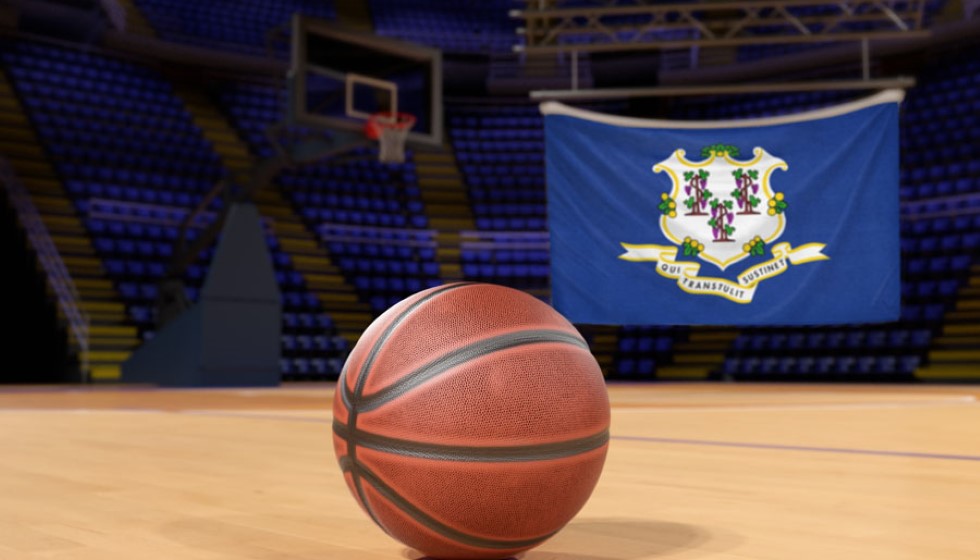
Philadelphia 76ers Navigate Injury Challenges with Smaller Lineups
The Philadelphia 76ers are in the midst of a challenging period, contending without star players Joel Embiid and Andre Drummond. In their absence, head coach Nick Nurse has adopted a strategic approach, opting for smaller, more adaptable lineups. This shift is partly necessitated by circumstance and partly inspired by techniques employed by other successful teams, such as the Boston Celtics.
Entering the void in the center position is Guerschon Yabuesele, who has stepped up as the starting center for the Sixers. Supporting him, Adem Bona provides stability as the anchor for the second unit. Without their traditional centers, Philadelphia has experimented with unconventional formations, notable in their recent 123-115 loss against the New Orleans Pelicans where they utilized a centerless lineup.
Exploring Unconventional Approaches
The experimental lineup against the Pelicans included versatile players like Paul George, who is renowned for his formidable perimeter defense. George's size—6-8 with a 6-11 wingspan—positions him as a defensive stronghold while also allowing mobility and flexibility in guarding different positions. Joining George in this unconventional deployment were Tyrese Maxey, Ricky Council IV, Kelly Oubre Jr., and Caleb Martin, creating a dynamic but undersized team.
Paul George spoke candidly about his experiences in these new roles. "It's different," he reflected. "I'm used to scrapping and running around and chasing and fighting through screens." His adaptability and willingness to embrace varied duties highlight his veteran presence and dedication to the team during this transitional period. Nevertheless, George expressed some dissatisfaction about his placement, adding, "To be honest, I'm bored playing on a 5. It just don't do enough for me." His desire to engage with smaller, more agile players is apparent, as he further elaborated, "I enjoy chasing the little guys and matching up against wing offensive players."
The Challenges of Smaller Lineups
Employing a smaller lineup demands a different strategic mindset, influenced by speed, agility, and constant movement rather than dominating physical presence. The tactics require all players to be more versatile and impose a heavier workload on their defensive schemes. It’s a strategy that appeals to the strengths of players like George, who thrive on high-intensity play and embrace the opportunity to disrupt offensive sets through movement and agility.
The Sixers' adaptability is currently being tested as they attempt to maintain competitiveness without their key interior players. Coach Nick Nurse's design aims to capitalize on speed and flexibility, forging a battleground that compensates for their lack of size with defensive mobility and robust perimeter play.
League-Wide Implications
This approach is hardly unique, as NBA teams increasingly experiment with smaller lineups to enhance their speed and shooting capabilities. The Boston Celtics have similarly leveraged smaller lineups to great effect—suggesting a league-wide shift toward more adaptable strategies. In today's NBA landscape, the ability to rapidly transition between defensive and offensive roles is invaluable, and Philadelphia's current strategy reflects these modern demands.
For the Sixers, these lineup adjustments are more than just a stopgap; they’re a test of resilience and flexibility amid adversity. While the short-term success of this approach remains to be seen, the commitment to evolving tactics and leveraging the strengths of versatile players like Paul George ensures that Philadelphia remains an intriguing team to watch.
As the season progresses, this tactical shift will continue to develop the profiles and roles of players across the Sixers' roster, showcasing adaptability and innovation in the face of the unavoidable challenges that injuries present.